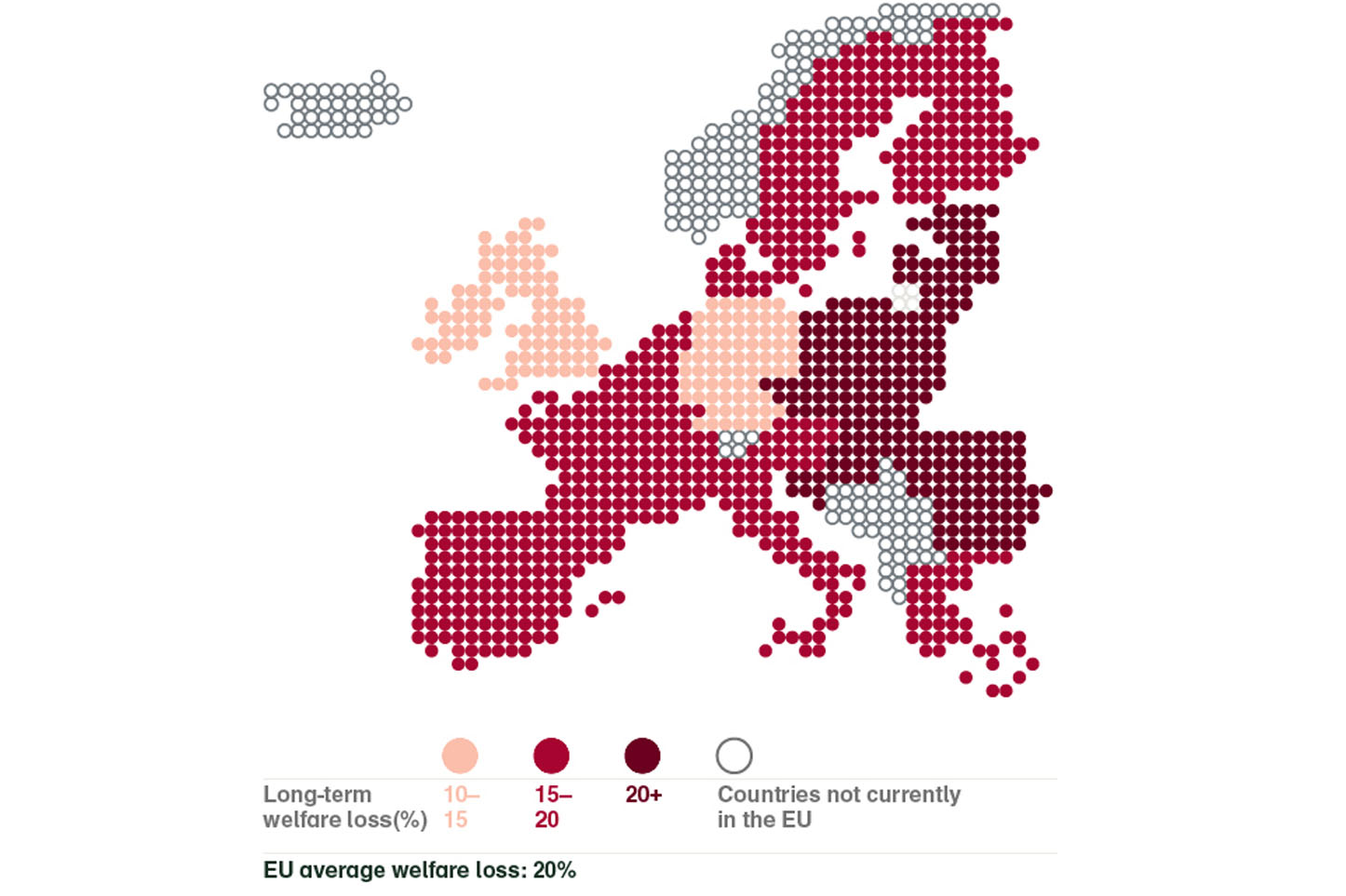
The European Commission’s proposed changes to the way media rights are sold could cost TV and film companies billions, according to an Oxera study.
The EC’s Digital Single Market Strategy, outlined in 2015, would allow consumers to access internet TV services and downloads from right holders in any EU country.
However, the Oxera study – ‘the Impact of Cross-Border Access to Audiovisual Content on EU Consumers’ – has warned that the move could cost production companies around £6.5 billion a year and could mean a slump in investment.
It also stated that the strategy would risk a lack of cultural diversity.
It argues that, rather than improving consumer choice, eroding territorial exploitation would lead to an enormous cost to audiences as well as to the European creative economy.
It said that consumers would be charged considerably more, and many would face being priced out completely.
John McVay, chief executive of the Producers Alliance for Cinema and Television, said, “The report underlines that the Commission’s plans will deliver the exact opposite of their stated intentions leaving audiences with a poorer range of content, higher prices and a devastating impact on cultural diversity both in production and distribution.
“It is vital that they urgently rethink their approach and work closely with industry and member state governments to ensure no changes are made that would end up leaving audiences worse off.
“We all want to develop a stronger digital economy for film and television. But the Commission must work with, not against the industry to deliver for audiences.”
The report further stated that TV production could fall by up to 48 per cent in certain genres, while film production could be cut by 37 per cent.







